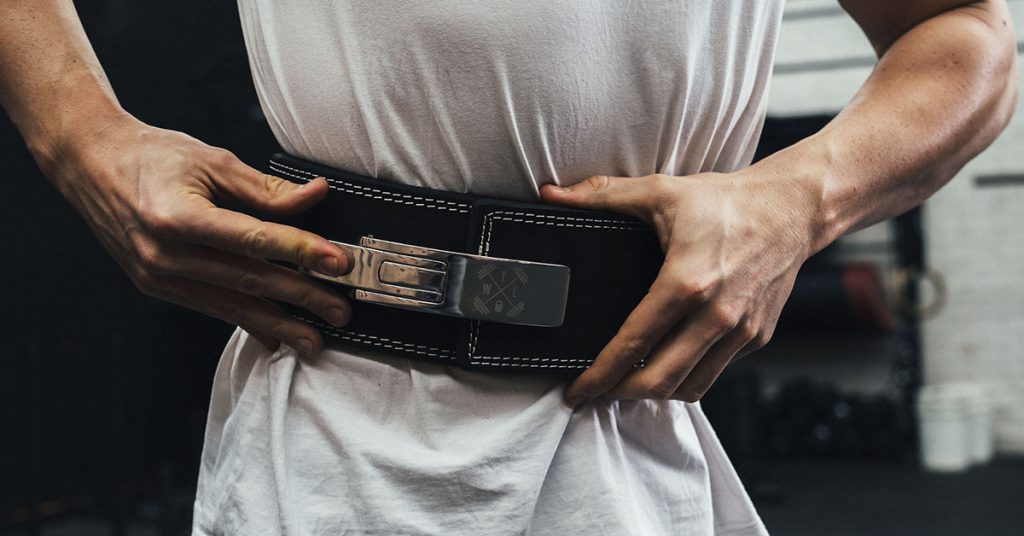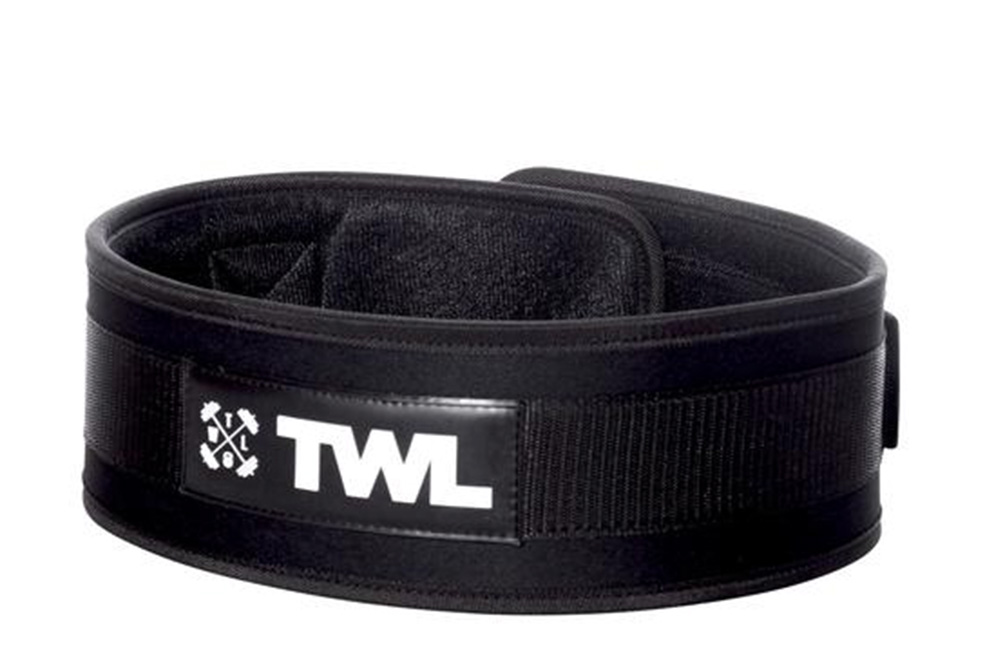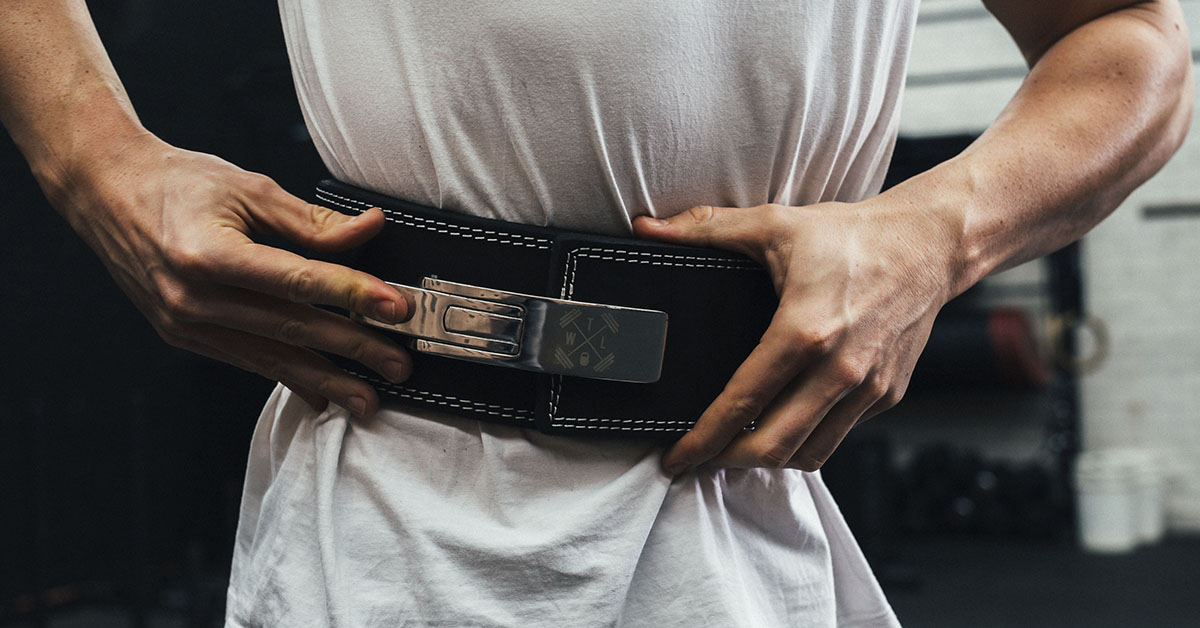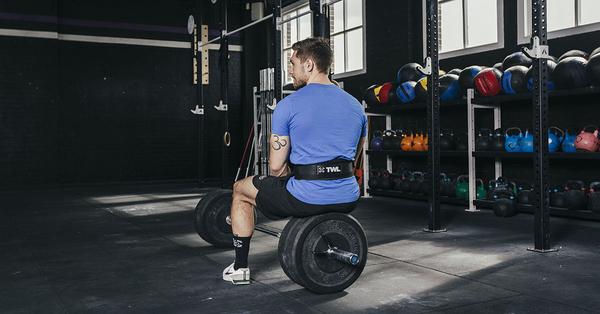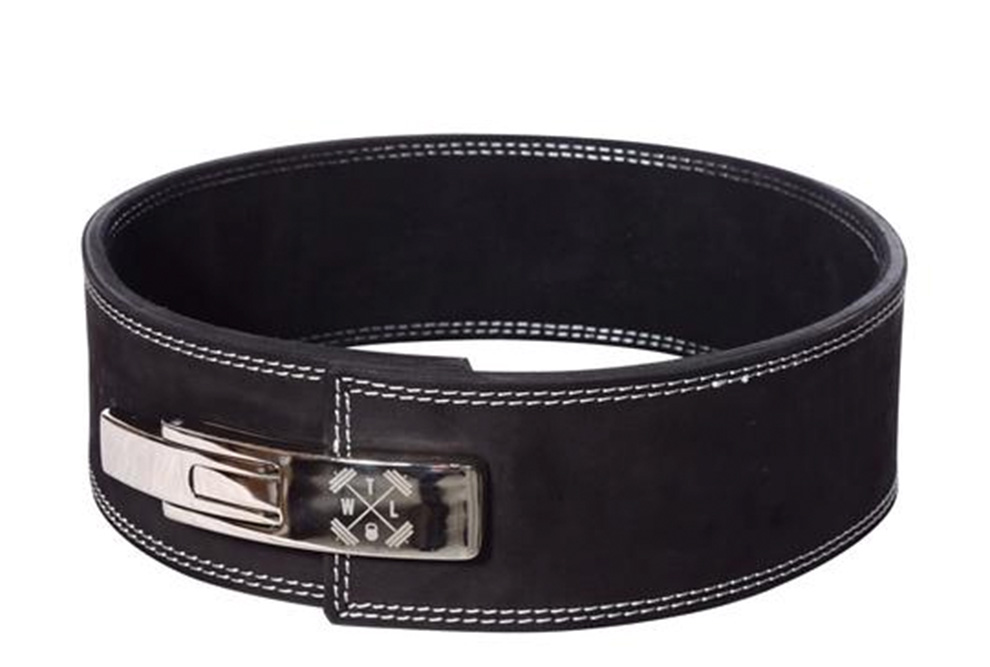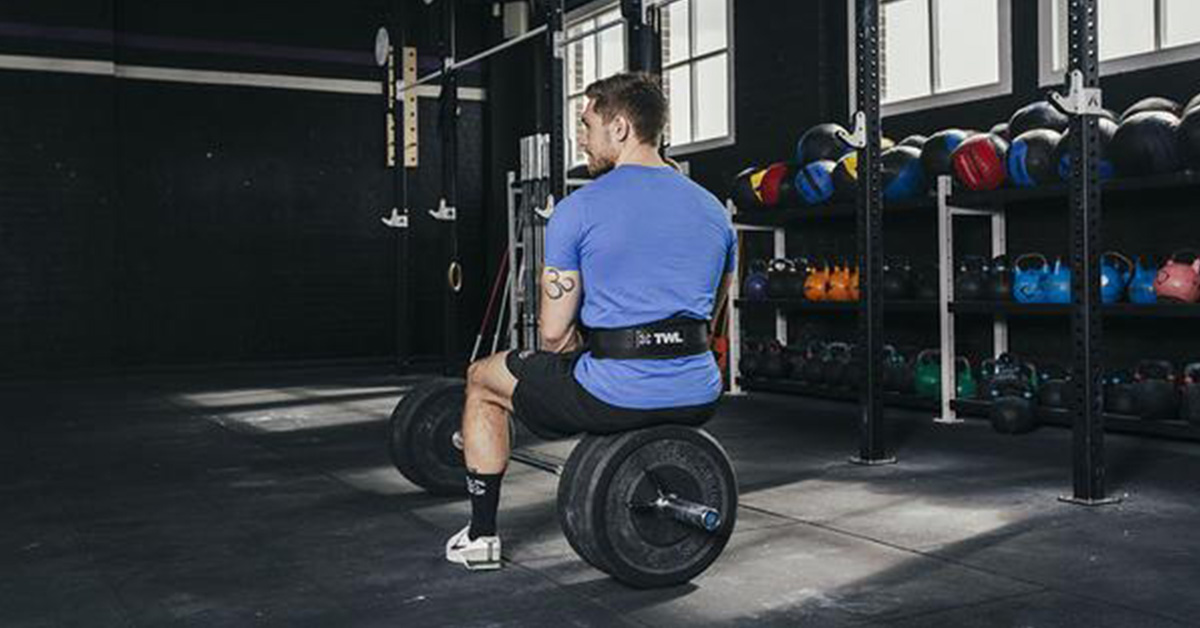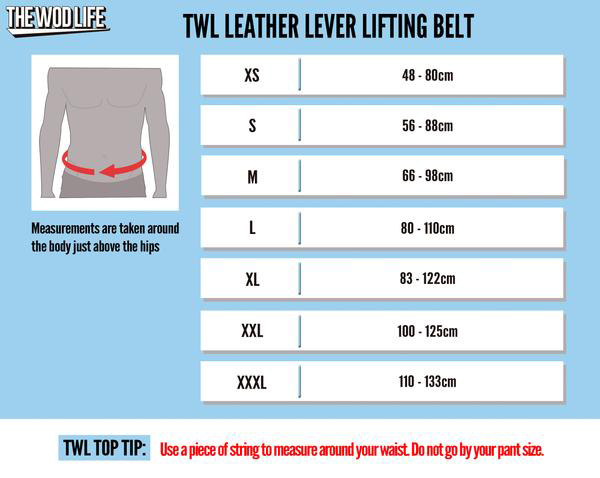Looking to invest in a new weightlifting belt to keep you safe and help you get under a few more kilos? You’ve come to the right place. Available in a variety of materials and thicknesses, with a wide range of mechanisms and prices, belts have many variables to consider. To make your belt-buying journey easier, we’ve rounded up three of our favorite — and top-selling — belts and listed down their benefits, unique features, and functionalities.
TWL Leather Lever Lifting Belt
Compared to prong or Velcro belts, the TWL Leather Lever Lifting Belt provides more leverage for you to cinch it tighter around your waist with a single, simple movement. This enables you to focus on lifting instead of fiddling with prongs or buckles.
It’s reliable and easy to use. All you have to do is to set this belt to your size prior to your lifting session, and just cinch it up when you’re ready to hit the barbell.
Screws are used to attach the belt’s stainless steel lever to the actual leather. And, since things like how much water you’ve drank, how much food you’ve eaten recently, the clothes you’re wearing, and even whether or not you’re on your period (if you’re a woman, of course), can affect the diameter of the area just above your hips — where the belt sits — its best to keep a screwdriver in your gym bag at all times. This way, you can adjust its size as needed.
This four-inch-wide belt is made from sturdy premium cowhide leather. With a 10 mm thickness — which is thinner compared to its 13 mm thick conventional counterparts — this gym essential takes less time to break in, while still offering excellent support to protect your back.
Perfect for use when you’re hitting some heavy back squats, looking to PR your deadlift, or protecting your midline during a set of heavy set clean and jerks, the TWL Leather Lever Lifting Belt provides the support and functionality you need to perform at your best.
Built with an adjustable lever position and available in seven different sizes, this product will give you the snug fit you need for maximum support during your lift. Pro tip: When figuring out which size to purchase, suck in the way you would before tightening the belt, then measure just above your hips.
Please take note that this belt is not approved for use in competitions. It could also a bit difficult to take on and off during a metcon. Lever belts are made specifically for low-rep ranges and powerlifting. It’s not intended for workouts like Fran or Diane.
If you’re a powerlifter or an athlete with some serious strength goals in the deadlift and/or squat department, however, this belt may be a great option for you.
TWL Suede Embroidered Leather Lifting Belt
The TWL Suede Embroidered Leather Lifting Belt is constructed from premium suede leather. Although it’s held together by a single prong clasp, which makes it easy to wear and take off, it’s no less secure than double prong belts. Additionally, it’s more manageable to adjust compared to a lever belt.
This belt is four inches wide throughout, offering a maximum surface area for you to brace against during a lift. At 10 mm thick, this weightlifting essential has a wide rep range, so it’s a lot easier to break in compared to its thicker counterparts.
A great option for hitting heavy back or front squats, this leather lifting belt is ideal if you’re working on your clean or looking for something to stabilize your back during a squat snatch. Moreover, unlike lever belts, this one is competition-approved and can be used for powerlifting meets.
While you likely wouldn’t want to take this belt on and off during WODs — because you’ll lose valuable seconds doing so — the single prong means it is doable in a workout that calls for exceptionally heavy weights. Still, because you need to score the prong and tuck the tail-end into the loop, you may prefer a Velcro clasp for everyday functional fitness workouts.
TWL 4 Inch Velcro Weight Lifting Belt
Made of a sturdy foam core and secured with velcro, the TWL 4 Inch Velcro Weight Lifting Belt is the perhaps most comfortable belt on this list.
The belt spans four inches wide all around and provides sufficient support for your midline. Although it lacks the rigidity of leather belts, this gym essential offers soft-bound edges, for exceptional comfort that’s quite easy to break-in.
To securely put it on, wrap the belt around your waist, pull the Velcro through a metal loop, tug it tight, and then fold the Velcro.
Comfortable and a breeze to put on, this belt is ideal for functional fitness athletes. While most belts aren’t supposed to be used in every exercise — because you want to make sure your abdominal muscles build strength normally as you progress with your workout — this belt is an exception. Its features make it a great accessory to use all throughout your exercise.
With eight sizes ranging from XXS to 3XL, this belt will fit most lifters.
Want to keep browsing? Check out our other belt options.


